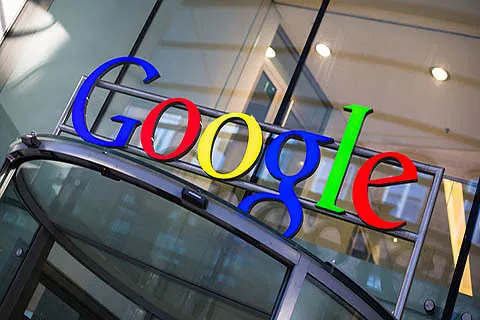California, May 7: Google is planning to make its search engine more “visual, snackable, personal, and human,” with a focus on serving young people globally, The Wall Street Journal reported.
The tech giant is shifting the way it presents search results to incorporate conversations with artificial intelligence, along with more short video and social-media posts, a departure from the list of website results that have made it the dominant search engine for decades. The changes represent a response to big shifts in the way people access information on the internet, including the emergence of AI bots like ChatGPT, according to WSJ. They would nudge the service further away from its traditional format, known informally as the “10 blue links,” the WSG reported, citing company documents and people familiar with the matter.
Google plans to make its search engine more “visual, snackable, personal, and human,” with a focus on serving young people globally, according to the documents. It plans to incorporate more human voices as part of the shift, supporting content creators in the same way it has historically done with websites, the documents say.
At its annual I/O developer conference coming this week, the search giant is expected to debut new features that allow users to carry out conversations with an artificial-intelligence programme, a project code-named “Magi,” said other people familiar with the matter.
For years, Alphabet’s Google has made minimal tweaks to the look and feel of search, which powers an advertising business that made more than USD 162 billion in revenue last year, according to WSJ. But that is changing with the fast rise of AI chatbots and short-video apps such as TikTok, both of which have captured the attention of young users.
Broadly, Google plans to place greater emphasis on responding to queries that can’t be easily answered by traditional web results, according to internal reference documents outlining the company’s strategy for making changes to the search engine this year.
Google search visitors might be more frequently prompted to ask follow-up questions or swipe through visuals such as TikTok videos in response to their queries, WSJ said.
According to WSJ, the company has already moved to integrate some online forum posts and short videos in search results, but it plans to emphasise such material even more in the future, according to the internal documents and people familiar with the matter.
Google executives have stressed to employees that the number of active websites has plateaued in recent years, said people familiar with the discussions. Internet users are increasingly turning to other apps to find information on everything from popular local restaurants to advice on how to be more productive.
“More than answers, we’ll help you when there’s no right answer,” Google executives said in the documents.
A Google spokeswoman said the search has “always been an incredibly dynamic, rapidly evolving sector,” and the company has focused on a long-term approach to changing the service that includes integrating AI and visual features.
“As search evolves, delivering high-quality information and supporting a healthy, open web will remain core to our approach,” the spokeswoman added.
Google has the opportunity to lead a change in consumer behaviour around internet search, but people will turn to other services if the company doesn’t move fast enough, said John Battelle, author of “The Search,” a history of Google published in 2005.
“It’s a really significant moment for the company, and I think they’re very well aware of it,” Battelle added.
Google’s search engine, the world’s most heavily trafficked website, has for years handled more than 90 per cent of searches on computers and mobile devices, according to data provider Statcounter.
In 2020, the Justice Department sued Google for its alleged dominance in the search market, the most significant US antitrust suit since the government challenged Microsoft’s position in the personal computer software market in the 1990s.






